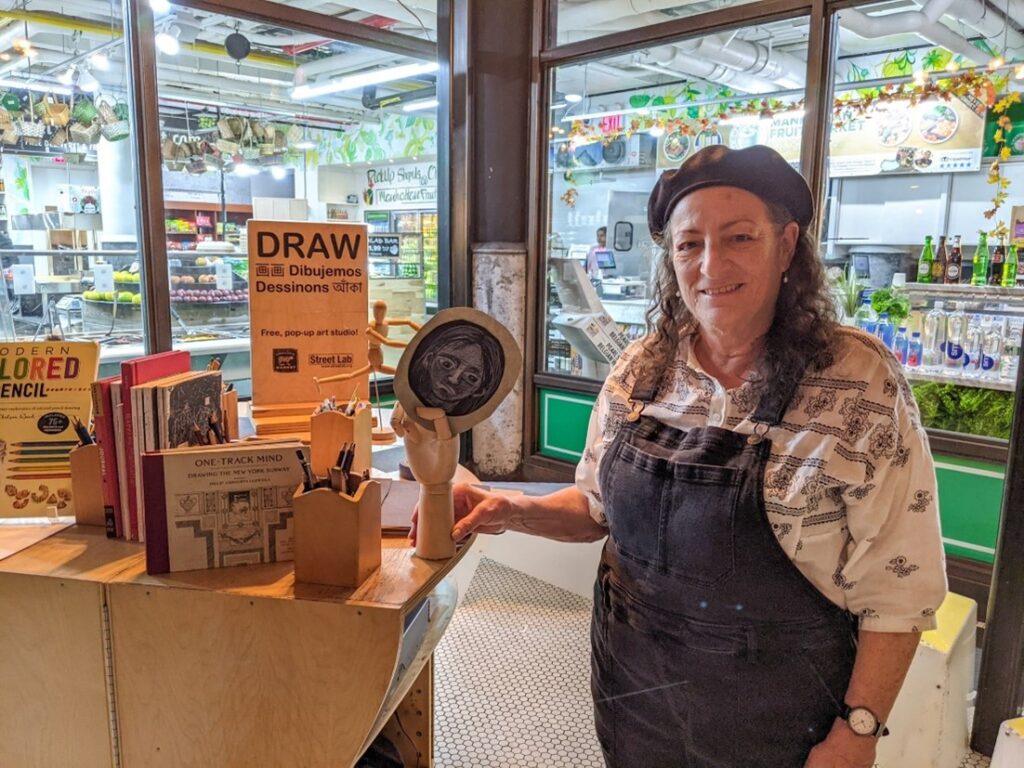
Social selling has revolutionized the way businesses connect with potential customers, transforming the sales process from cold calls and emails to meaningful interactions on digital 6. In 2024, social selling isn’t just a buzzword—it’s a necessity for companies aiming to stay competitive. Platforms like LinkedIn, Instagram, and X have become essential tools for sales professionals, enabling them to engage directly with prospects, build trust, and drive conversions in ways that traditional methods cannot achieve.
Thomas Ligor emphasizes the importance of leveraging social media to foster authentic relationships, not just transactions. In his experience, success in social selling comes from creating value-driven interactions that resonate with the target audience.
Why Social Selling Works
Unlike traditional sales strategies, which often feel intrusive or impersonal, social selling allows professionals to meet prospects where they already are: scrolling through their feeds. By engaging in these digital spaces, salespeople can position themselves as thought leaders, offering insights and solutions rather than hard sales pitches. This approach not only builds trust but also nurtures long-term relationships that are more likely to convert into loyal customers.
The nature of social media platforms also allows for greater personalization. Sales professionals can tailor their outreach efforts based on the specific interests, pain points, and goals of their audience. This level of personalization helps businesses cut through the noise and stand out in an increasingly crowded digital marketplace.
The Role of LinkedIn in Social Selling
LinkedIn remains the cornerstone of social selling for professionals in B2B and high-value B2C industries. The platform’s features, such as LinkedIn Sales Navigator and advanced search capabilities, allow users to identify and connect with decision-makers in their target industries. LinkedIn also offers unparalleled opportunities for networking, enabling salespeople to engage with prospects in professional settings and foster meaningful connections.
But LinkedIn’s value extends beyond its networking tools. By sharing insightful content, participating in industry discussions, and commenting on relevant posts, sales professionals can establish themselves as trusted authorities in their fields. This proactive engagement helps maintain visibility and keeps potential clients aware of their expertise and offerings.
Expanding Beyond LinkedIn
While LinkedIn is a powerful tool, it’s not the only platform where social selling thrives. Instagram, for instance, offers a visually rich environment that can be leveraged for showcasing products, sharing customer success stories, and humanizing a brand. X is ideal for joining real-time conversations, sharing quick updates, and connecting with industry influencers.
For younger demographics, platforms like TikTok and Snapchat are becoming increasingly relevant. Though these channels are often associated with entertainment, businesses that adopt creative strategies can use them to connect with their audience in a more informal and engaging way.
Creating Value Through Content
Content lies at the heart of successful social selling. Sales professionals who consistently share valuable, relevant, and engaging content position themselves as problem-solvers rather than mere product pushers. Content can take many forms, from blog posts and whitepapers to short videos and infographics, but the goal remains the same: to educate, inspire, and resonate with the audience.
By addressing common challenges and offering actionable solutions, sales professionals can attract prospects who are actively seeking answers. This content-first approach not only builds trust but also shortens the sales cycle, as prospects are more likely to reach out when they perceive the salesperson as knowledgeable and approachable.
The Importance of Authenticity
In the age of social media, authenticity is everything. Audiences can quickly detect insincerity, and a misstep can damage a brand’s reputation. To succeed in social selling, sales professionals must approach interactions with genuine curiosity and a willingness to help, rather than simply trying to close deals.
Personalizing messages, responding thoughtfully to comments, and engaging in meaningful conversations are key to fostering trust. It’s also important to avoid overly scripted or generic interactions; prospects appreciate authenticity and are more likely to respond positively when they feel the connection is real.
Measuring Success in Social Selling
As with any sales strategy, it’s crucial to measure the effectiveness of social selling efforts. Metrics such as engagement rates, connection requests, lead conversions, and revenue generated through social channels provide valuable insights into what’s working and where adjustments may be needed.
However, social selling success is not just about numbers. The relationships built, the trust established, and the long-term impact on brand perception are equally important. Businesses should focus on creating a sustainable approach that balances immediate results with lasting benefits.
Final Thoughts
Social selling in 2024 is a powerful strategy for businesses looking to grow in an increasingly digital world. By leveraging platforms like LinkedIn and exploring creative opportunities on other social media channels, sales professionals can forge meaningful connections, build trust, and drive growth. The key lies in authenticity, value-driven interactions, and a commitment to understanding and meeting the needs of the audience. When done right, social selling is not just a tool—it’s a transformative approach to building lasting relationships and achieving sustainable success.











